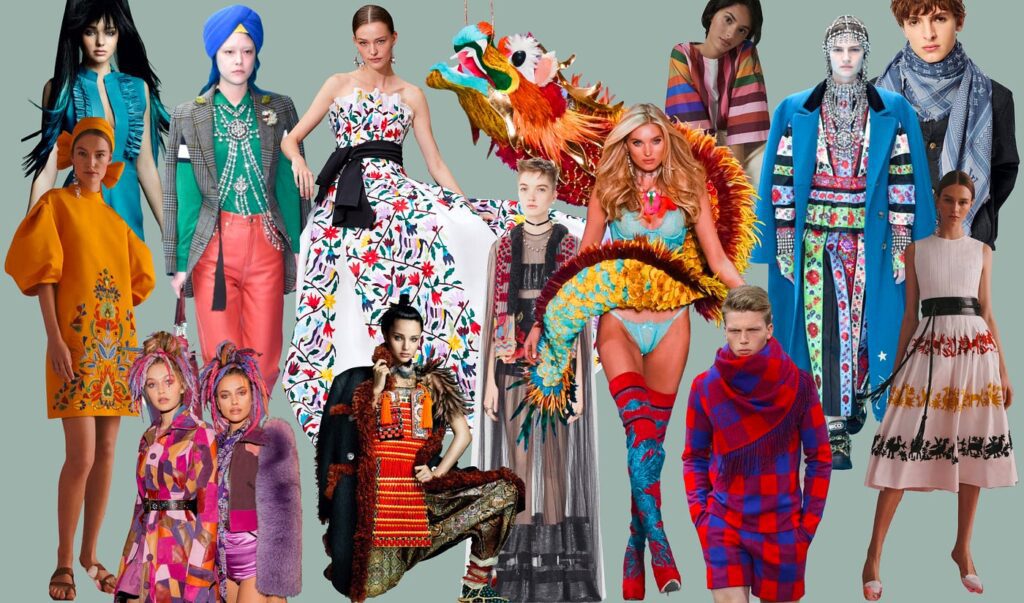In the vibrant and ever-evolving world of fashion, inspiration often knows no bounds. Designers draw from a myriad of influences, weaving together diverse elements to create stunning collections that captivate audiences worldwide. However, within this creative process lies a contentious issue that has sparked debates and controversies – cultural appropriation.
Understanding Cultural Appropriation
Cultural appropriation refers to the adoption or use of elements from one culture by members of another culture, often without proper acknowledgment or understanding. In the realm of fashion, this can manifest in various forms, such as incorporating traditional garments, symbols, or practices from marginalized communities into mainstream designs without regard for their cultural significance.
The Thin Line Between Appreciation and Appropriation
At its core, cultural appropriation blurs the line between appreciation and exploitation. While fashion thrives on cross-cultural influences and fusion, it is crucial to approach this exchange with sensitivity and respect. What may seem like a trend or aesthetic choice to some can hold deep cultural significance and history for others.
Examples of Cultural Appropriation in Fashion
One need not look far to find examples of cultural appropriation in the fashion industry. From Native American headdresses worn as festival fashion accessories to traditional African prints mass-produced by Western brands without proper credit, instances of appropriation are unfortunately prevalent.

Impact on Marginalized Communities
The ramifications of cultural appropriation extend far beyond the realm of fashion. For marginalized communities whose cultural heritage is commodified and misrepresented, the consequences are profound. Not only does appropriation perpetuate harmful stereotypes, but it also undermines the authenticity and integrity of their cultural identity.
The Call for Cultural Sensitivity
In recent years, there has been a growing awareness and call for cultural sensitivity within the fashion industry. Designers, brands, and consumers alike are increasingly recognizing the importance of respecting cultural heritage and collaborating ethically with communities from which they draw inspiration.
Cultural Collaboration and Empowerment
One promising trend emerging in response to cultural appropriation is a shift towards collaboration and empowerment. Rather than simply appropriating elements of a culture, designers are actively engaging with artisans and communities, fostering mutually beneficial partnerships that celebrate cultural heritage while empowering local artisans and preserving traditional craftsmanship.
Celebrating Diversity and Inclusion
Ultimately, fashion has the power to be a force for positive change. By embracing diversity and inclusion, designers can create collections that celebrate the richness of global cultures while promoting cross-cultural understanding and appreciation. Through thoughtful collaboration and responsible practices, fashion has the potential to transcend boundaries and unite communities around the world.
Conclusion
In the complex and multifaceted landscape of fashion, navigating the delicate balance between inspiration and appropriation is essential. As designers, brands, and consumers, we must approach cultural exchange with humility, empathy, and respect. By fostering genuine appreciation for diverse cultures and engaging in ethical practices, we can ensure that fashion remains a powerful platform for creativity, expression, and unity. Let us celebrate the beauty of cultural diversity and work towards a future where fashion truly reflects the richness of our collective heritage.

